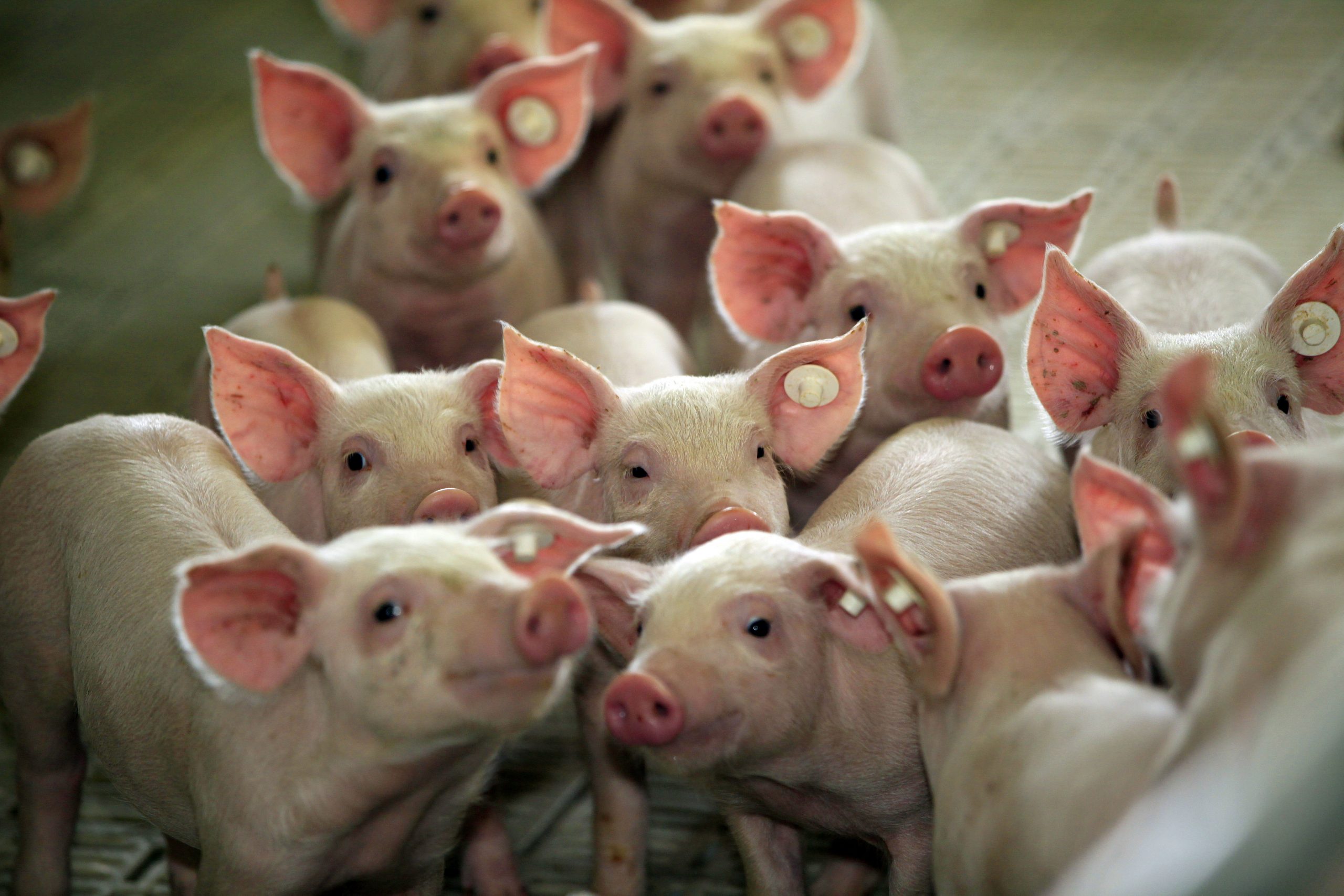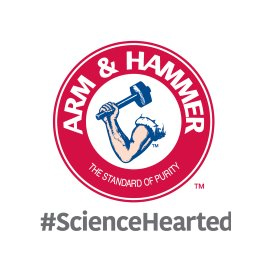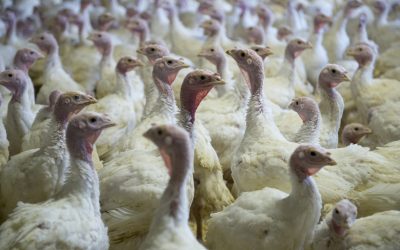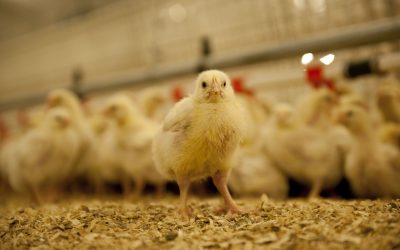Enhance piglet health and productivity with RFCs

Getting piglets off to a great start is the key to long-term success. Of course, proper nutrition is one of the most important building blocks to swine health and productivity.
Research has shown that the Refined Functional Carbohydrates (RFC) in Celmanax act in synergy to enhance gut health and consistently help improve piglet performance. This feed additive is designed to improve overall health, growth and feed conversion in swine and other livestock and poultry species.
RFCs are the components harvested from yeast cells (S. cerevisiae) using specific enzymes during a proprietary manufacturing process. This enzymatic hydrolysis yields MOS (Mannan Oligosaccharides), Beta 1,3-1,6 glucans and D-Mannose. These compounds are naturally present in all yeast cells, but are not readily bioavailable. The method of processing used to refine the yeast cells influences the size and structure of these liberated components, which, in turn, affects their bioavailability and functionality.
Protection against toxins
In addition, RFCs help counteract the detrimental effects of mycotoxins that sometimes occur in feed and negatively affect all animal species to some level. Just as with pathogens, RFCs protect against these toxins – like aflatoxin – prevent gut damage and help maintain feed intake, growth and feed efficiency.
Plus, because RFCs help reduce the effects of many harmful pathogens, animals require less energy to fight infections and support the immune system. This means more energy is available for growth, which benefits animal performance. This synergy allows RFCs to consistently improve performance in normal and challenged conditions.
Research results
A research trial explored how RFCs in the sow’s diet influences piglet performance. During the trial, body weight change, feed intake, litter size, litter weight, average piglet weight and mortality of piglets were recorded, along with sow milk components and colostrum immunoglobulin levels.
Piglets were assigned within litter to 1 of the following experimental treatments:
- Control diet in sow and nursery phase
- Control diet in sow and RFCs in nursery diet
- RFCs in sow diet and control in nursery phase
- RFCs in sow and nursery diets
Each sow treatment was replicated with 7 pens of 3 or 4 weaning pigs. Body weight and feed disappearance were recorded weekly for 4 weeks.
Data shows that the inclusion of RFCs in gestation, lactation and nursery diets increased average piglet birth weight by 180 grams (P<0.05). this increase translated to 780 grams (p><0.05) higher at weaning and 1,260 grams (p><0.01) higher by the end of the nursery phase.>
Nutritional benefits
In addition, sows fed RFCs showed numerical increases in nutrient content of milk, especially fat and protein. The inclusion of RFCs also led to numerically higher Immunoglobin A and G levels in colostrum and milk. There was no significant difference in days to rebreed or in lactation feed intake, nor were there statistical differences in pre-weaning mortality between the groups.
Ultimately, the research found that supplementation of RFCs in diets for sows and nursery pigs can result in heavier pigs through the end of the nursery phase. This can contribute to pigs requiring fewer days to reach target weights, resulting in improved profitability.
Starter diets benefit too
A trial conducted at a private US research center shows further benefits of RFCs in swine starter diets. The trial was conducted in an extremely well-managed research nursery barn – pigs were not stressed, had good health and mortality was very low. Weaned pigs between 17 and 22 days of age were randomly assigned to 1 of 2 treatment groups. There were 16 pigs per pen with 6 pens per treatment. Control and treatment groups were fed the same diet, which included an antibiotic. RFCs were added to the treatment group’s diet.
Results show that pigs supplemented with RFCs had improved average daily gain (P<0.06), and average daily feed intake (p><0.05) across the entire treatment period (days 0 to 28), see>Table 1. Overall, RFCs helped to improve animal performance when added to the starter diet.
Combined, these trials offer convincing evidence that RFCs benefit swine health and performance. Getting piglets off to a good start by including RFCs in sow and piglet diets translates into improved growth, enabling animals to more quickly and efficiently meet productivity targets.

Author: Dr Ellen Davis, swine field technical service manager, Arm & Hammer Animal Nutrition
To learn more, visit AHanimalnutrition.com.
References available on request






